Home>diy>Building & Construction>What Is A Rebar In Construction
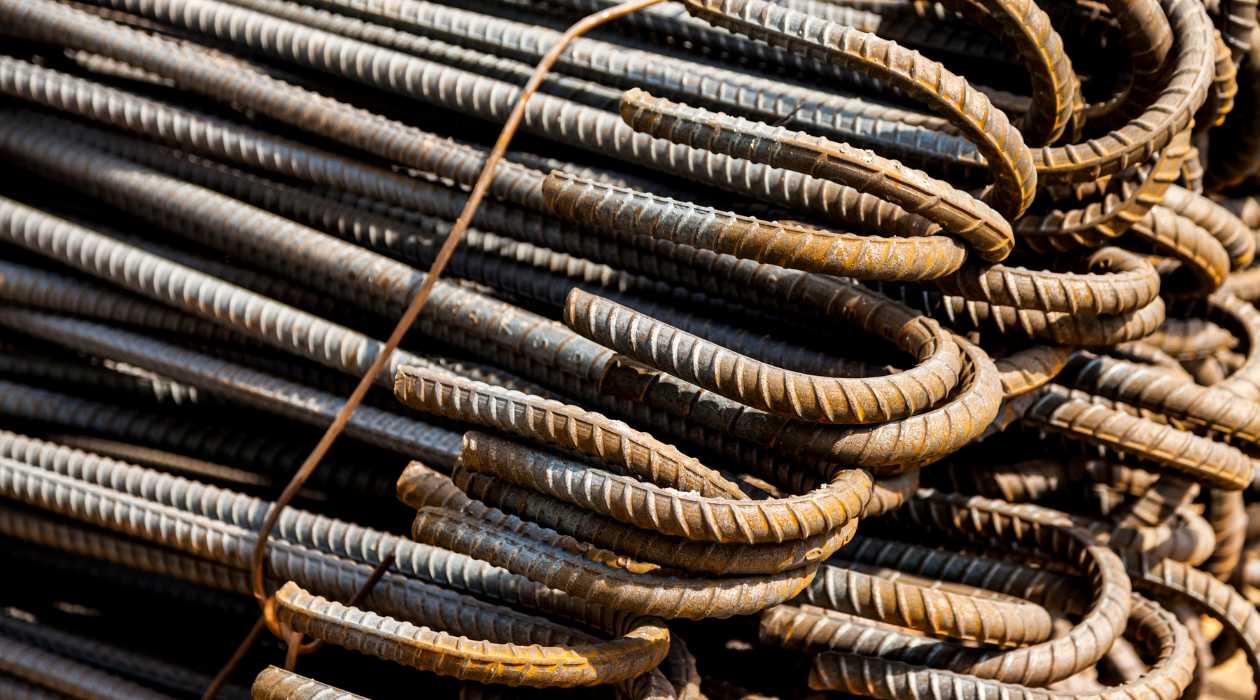

Building & Construction
What Is A Rebar In Construction
Modified: January 24, 2024
Learn about the importance of rebar in building construction and its role in reinforcing structures for increased strength and durability.
(Many of the links in this article redirect to a specific reviewed product. Your purchase of these products through affiliate links helps to generate commission for Storables.com, at no extra cost. Learn more)
Introduction
Welcome to the world of construction, where strong foundations and structures are built to withstand the test of time. In any construction project, the proper use of materials and techniques is crucial to ensure durability and structural integrity. One essential component that plays a vital role in reinforcing concrete structures is rebar.
Rebar, short for reinforcement bar, is a steel bar or mesh used to strengthen concrete and prevent cracking under tension. It is an integral part of concrete construction, providing strength, stability, and durability to a variety of structures including buildings, bridges, dams, and highways. In this article, we will explore the importance of rebar in construction, the different types available, the installation process, as well as common issues that can arise if rebar placement is not done correctly.
Let’s dive into the world of rebar and discover why it is an essential element in the construction industry.
Key Takeaways:
- Rebar is a crucial component in construction, providing strength, stability, and durability to concrete structures by reinforcing them against tensile forces and preventing cracking.
- Proper rebar placement is essential for ensuring the structural integrity, load-bearing capacity, and longevity of concrete structures, while mitigating common issues such as inadequate spacing and poor corrosion protection.
Read more: What Is Construction
Definition of Rebar
Rebar, also known as reinforcement bar or reinforcing steel, is a steel bar or mesh typically made from carbon steel or stainless steel. It is used to reinforce and strengthen concrete structures by providing additional tensile strength. Rebar is characterized by its ribbed surface, which enhances the bond between the steel and the concrete, preventing slippage and increasing the overall strength of the structure.
Rebar comes in various sizes and shapes, including round, square, and deformed. The deformed rebar is the most commonly used type, as its ridges or deformations on the surface increase the bonding capability with the concrete. The steel used in rebar is specifically engineered to have excellent strength and ductility, enabling it to withstand high tensile forces.
In construction, rebar is primarily used in reinforced concrete structures to withstand tensile forces and prevent cracking. It is placed within the concrete at strategic locations where these forces are expected, such as along beams, columns, slabs, and foundations. By reinforcing the concrete, rebar ensures that the structure can withstand both compressive forces (from the weight of the structure) and tensile forces (caused by external loads or thermal expansion and contraction).
Rebar acts as a skeleton within the concrete, distributing stress evenly and reducing the likelihood of cracks forming. By providing tensile strength, it helps to reinforce the concrete’s structural integrity while also increasing its resistance to bending and shearing forces. This is especially important in regions prone to earthquakes, where structures must be designed to withstand significant ground movement and seismic activity.
Overall, rebar is a critical component in construction projects, allowing builders to create stronger and more reliable structures that can withstand various external forces and conditions. The proper placement and installation of rebar play a crucial role in ensuring the longevity and safety of the concrete structure.
Purpose of Rebar in Construction
The primary purpose of rebar in construction is to reinforce concrete structures and enhance their strength, durability, and resistance to external forces. Here are some of the key purposes and benefits of using rebar:
- Structural Strength: Rebar provides additional tensile strength to concrete, which is inherently weak in tension. Concrete is excellent at withstanding compressive forces but tends to crack when subjected to tension. By integrating rebar into the concrete, the combined material exhibits enhanced strength and can bear greater loads without failure.
- Load Distribution: Rebar helps to distribute loads more evenly across a concrete structure. When supporting heavy loads or encountering external forces such as earthquakes or wind, rebar acts as a network of interconnected bars, transferring forces and minimizing localized stress concentrations. This ensures that the structure remains stable and reduces the risk of catastrophic failure.
- Preventing Cracking: One of the critical functions of rebar is to prevent cracks from propagating and expanding within the concrete. Cracks often occur at weak points, such as corners, edges, or where stress concentration is high. The presence of rebar helps to distribute the tensile stresses and resist cracking, thereby increasing the service life of the structure.
- Increase Flexural Strength: Rebar significantly improves the flexural strength of concrete structures. It reinforces beams, columns, slabs, and other structural elements, allowing them to bear heavier loads and resist bending or deformation. This is especially crucial in areas where large spans or heavy loads are common, as it ensures the structural integrity of the construction over time.
- Enhance Durability: By reinforcing the concrete, rebar helps to increase the overall durability of the structure. It provides protection against extreme weather conditions, corrosion, and other environmental factors that can weaken the concrete. This, in turn, reduces maintenance needs and extends the lifespan of the construction.
Overall, the purpose of rebar in construction is to reinforce the concrete and improve its strength, stability, and resistance to various forces. By integrating rebar into concrete structures, builders can create long-lasting and robust constructions that can withstand the test of time and external challenges.
Types of Rebar
There are several types of rebar available for construction projects, each designed to meet specific requirements and structural demands. The type of rebar used depends on factors such as the intended application, structural design, and regional building codes. Here are some common types of rebar:
- Plain Round Rebar: Plain round rebar, also known as smooth rebar, is the most basic and commonly used type of rebar. It has a smooth surface without any deformations or ribs. This type of rebar is typically used in low-stress applications where the main purpose is to provide some reinforcement against cracking.
- Deformed Rebar: Deformed rebar is the most commonly used type of rebar in construction. It is characterized by its deformations or ridges along the surface, which enhance the bonding ability between the rebar and the concrete. Deformed rebar provides better adhesion and improves the overall strength and performance of the reinforced concrete structure.
- Welded Wire Fabric (WWF): Welded wire fabric, or WWF, is a type of rebar that consists of a series of longitudinal and transverse wires welded together to form a grid pattern. This type of rebar is often used in slab-on-grade applications or areas where large-area reinforcement is required. WWF offers ease of installation and provides reinforcement in two directions, distributing loads more effectively.
- Epoxy-Coated Rebar: Epoxy-coated rebar is regular rebar coated with an epoxy resin. This coating provides increased corrosion resistance, making it suitable for structures exposed to harsh environmental conditions, such as coastal areas or where deicing salts are used. Epoxy-coated rebar helps prolong the service life of the concrete structure by preventing corrosion of the steel reinforcement.
- Stainless Steel Rebar: Stainless steel rebar is highly corrosion-resistant and is used primarily in environments where corrosion is a significant concern. It is commonly used in marine structures, wastewater treatment plants, and other aggressive environments. Stainless steel rebar offers excellent durability and long-term performance.
It is important to note that the choice of rebar type depends on project specifications, engineering requirements, and regional building codes. Consulting with structural engineers and adhering to applicable standards and regulations is crucial to ensure the appropriate type of rebar is selected for each construction project.
When using rebar in construction, make sure to properly space and secure the rebar to ensure it provides the necessary reinforcement for the concrete structure. Proper installation is crucial for the overall strength and durability of the building.
Rebar Installation Process
The proper installation of rebar is crucial for ensuring the integrity and strength of concrete structures. Here is a general guideline outlining the rebar installation process:
- Structural Design: The first step in the rebar installation process is to develop a detailed structural design plan. This involves determining the required rebar size, spacing, and layout based on the structural design requirements and project specifications.
- Prepare the Site: Before installing rebar, the construction site needs to be prepared. This includes clearing the area, setting up formwork, and ensuring a flat surface for placing the rebar.
- Rebar Cutting and Bending: Once the site is prepared, rebar is cut and bent to the required sizes and shapes as specified in the structural design plan. Specialized tools and equipment, such as rebar cutters and benders, are used to accurately cut and shape the bars.
- Place Rebar: After the rebar is cut and bent, it is carefully placed in the designated positions within the formwork. The bars are arranged according to the structural design plan, ensuring proper spacing and coverage in accordance with building codes and engineering specifications.
- Secure Rebar: Once the rebar is placed in the correct positions, it needs to be properly secured to prevent movement during concrete pouring. This can be done using wire ties, rebar chairs or spacers, or other approved methods to keep the rebar in place and maintain the desired position and alignment.
- Inspection: Before concrete is poured, an inspection is typically conducted to ensure that the rebar installation meets the required standards and specifications. This may involve verifying the correct size, placement, and alignment of the rebar.
- Pour Concrete: Once the rebar installation is approved, the concrete is poured into the formwork, encasing the rebar. Careful attention is given to ensure that the concrete fully covers and surrounds the rebar, providing a strong bond between the two materials.
- Curing and Finishing: After the concrete is poured, it needs to be properly cured and finished according to standard procedures. Curing allows the concrete to gain strength and durability over time, ensuring optimal performance of the reinforced structure.
- Post-Installation Inspection: Once the concrete has cured, a post-installation inspection may be conducted to ensure that the rebar is properly embedded and meet the required structural standards.
It is important to note that the rebar installation process may vary depending on the specific project requirements, construction techniques, and local building codes. Professional guidance, adherence to standards, and continuous quality control are essential to ensure the correct installation and performance of rebar in concrete structures.
Read more: What Are Joists In Construction
Importance of Proper Rebar Placement
The proper placement of rebar is of utmost importance in concrete construction. It directly impacts the structural integrity, durability, and performance of the reinforced concrete structure. Here are some key reasons why proper rebar placement is essential:
- Strength and Load Bearing Capacity: Correctly placed rebar reinforces the concrete and significantly enhances its strength. It helps distribute loads more efficiently, allowing the structure to withstand heavy loads, live loads, and other external forces. Proper rebar placement ensures that the loads are evenly distributed, preventing localized stress points or weak areas that could compromise the structure’s load bearing capacity.
- Preventing Cracks and Structural Failure: Rebar placement plays a vital role in preventing cracks and structural failures. When rebar is properly positioned, it reinforces the weak points in the concrete, reduces the likelihood of cracks forming, and minimizes crack propagation. This is especially critical in areas where high tensile forces are expected or in regions prone to seismic activity. Improper rebar placement can lead to compromised structural integrity and potential failure under stress.
- Ensuring Adhesion and Bond Strength: Correct rebar placement ensures optimal adhesion and bond strength between the rebar and the concrete. The surface deformations or ridges on the rebar create friction and mechanical interlocking with the surrounding concrete, enhancing the bond between the two materials. This bond is essential to transfer forces between the rebar and the concrete, increasing the overall strength and durability of the structure.
- Corrosion Resistance: Proper rebar placement helps protect against corrosion and extends the service life of the structure. When rebar is not adequately covered by concrete, it becomes vulnerable to moisture, chemicals, and other corrosive agents. This can lead to rust formation and eventual degradation of the rebar, compromising its strength and the overall structural integrity. By ensuring proper rebar coverage and placement, corrosion risks can be minimized, significantly increasing the longevity of the construction.
- Compliance with Building Codes: Building codes and regulations often specify the required rebar placement standards for different types of structures. Proper rebar placement ensures compliance with these codes, ensuring that the construction meets safety and quality standards. Non-compliance with rebar placement requirements can lead to project delays, costly repairs, or even legal liabilities.
Proper rebar placement should be carried out by skilled professionals who understand the specifications, structural design requirements, and local building codes. Employing experienced contractors and engaging structural engineers at the design stage is crucial to ensure accurate rebar placement and the overall success of the construction project.
Common Issues with Rebar in Construction
While rebar plays a vital role in reinforcing concrete structures, there are several common issues that can arise if proper care is not taken during its installation and placement. Understanding these issues is crucial to prevent potential problems and ensure the long-term integrity of the construction. Here are some common issues with rebar in construction:
- Inadequate Spacing and Coverage: One of the most common issues is improper spacing and insufficient coverage of rebar within the concrete. Building codes provide guidelines on the minimum spacing and concrete cover requirements for different structural elements. Inadequate spacing or insufficient concrete cover can compromise the effectiveness of rebar, leading to reduced strength, increased cracking, and vulnerability to corrosion.
- Poor Alignment: Improper alignment of rebar within the concrete can lead to structural weaknesses and reduced load-bearing capacity. Misaligned rebar may not distribute loads evenly, creating stress concentrations and increasing the risk of cracking or failure. It is crucial to accurately position and align the rebar in accordance with the structural design and project specifications.
- Improper Embedment Depth: The embedment depth of rebar, which refers to the depth at which the rebar is placed within the concrete, is critical for its effectiveness. If the rebar is not embedded at the correct depth, it may not provide the necessary reinforcement and strength required. Insufficient embedment depth can compromise the structural integrity, while excessive embedment can result in inefficient use of rebar and increased construction costs.
- Lack of Proper Cover Connections: Connecting rebar sections with inadequate overlap or insufficient tying can weaken the structure and compromise its integrity. Proper connections are essential to ensure continuity of reinforcement and transfer of forces between rebar sections. Failure to provide adequate connections can result in structural discontinuity and reduced performance under load.
- Poor Corrosion Protection: Corrosion is a significant concern for rebar in concrete structures, especially in environments with high moisture or exposure to corrosive agents. Failure to provide adequate corrosion protection, such as epoxy coating or proper concrete cover, can lead to rust formation and degradation of the rebar. This can weaken the structure, reduce its lifespan, and require costly repairs.
- Lack of Quality Control and Inspection: Insufficient quality control measures and lack of proper inspection during rebar installation can lead to various issues. Without regular inspections to ensure correct placement, alignment, and embedment, potential problems may go unnoticed, putting the structural integrity at risk. Quality control measures, including regular testing and adherence to industry standards, should be implemented throughout the construction process.
To mitigate these common issues, it is crucial to engage experienced professionals, including structural engineers and contractors, who have the expertise to properly install and place rebar. Adherence to building codes and regulations, continuous quality control, and robust inspection procedures are essential to identify and rectify potential issues, ensuring the long-term durability and performance of the reinforced concrete structures.
Conclusion
Rebar, or reinforcement bar, is an indispensable component in construction that plays a vital role in strengthening and reinforcing concrete structures. Its ribbed surface and strong steel composition enhance the bond between the rebar and concrete, providing added tensile strength, load-bearing capacity, and durability. In this article, we have explored the definition of rebar, its purpose in construction, the different types available, the installation process, and common issues that can arise if not properly addressed.
The proper placement of rebar is crucial to ensure the integrity and longevity of concrete structures. By providing additional tensile strength, rebar helps to distribute loads evenly, prevent cracking, and withstand external forces such as earthquakes and heavy loads. It also enhances the flexural strength of structures, increases their resistance to bending and shearing, and improves their overall load-bearing capacity.
There are various types of rebar available, including plain round rebar, deformed rebar, welded wire fabric, epoxy-coated rebar, and stainless steel rebar. The selection of the appropriate type depends on the specific project requirements and the environment in which the structure will be located. Consulting with structural engineers and adhering to building codes is crucial to ensure the correct choice of rebar for each construction project.
The installation process involves careful planning, accurate cutting and bending of rebar, proper placement within the formwork, securing the rebar in position, and conducting inspections to verify compliance with structural requirements. Quality control measures and regular inspections are necessary to ensure the correct placement, alignment, and embedment of the rebar, as well as proper corrosion protection.
Failure to address common issues with rebar, such as inadequate spacing and coverage, poor alignment, improper embedment depth, lack of proper connections, poor corrosion protection, and insufficient quality control, can compromise the structural integrity of the concrete structure and lead to costly repairs or even failure.
In conclusion, rebar is an essential element in construction that strengthens and reinforces concrete structures, enhancing their strength, durability, and resistance to external forces. Proper rebar placement, adherence to building codes and standards, and continuous quality control are critical in ensuring the optimal performance and longevity of reinforced concrete structures. By paying attention to these factors, builders can create strong, reliable, and long-lasting constructions that stand the test of time.
Frequently Asked Questions about What Is A Rebar In Construction
Was this page helpful?
At Storables.com, we guarantee accurate and reliable information. Our content, validated by Expert Board Contributors, is crafted following stringent Editorial Policies. We're committed to providing you with well-researched, expert-backed insights for all your informational needs.

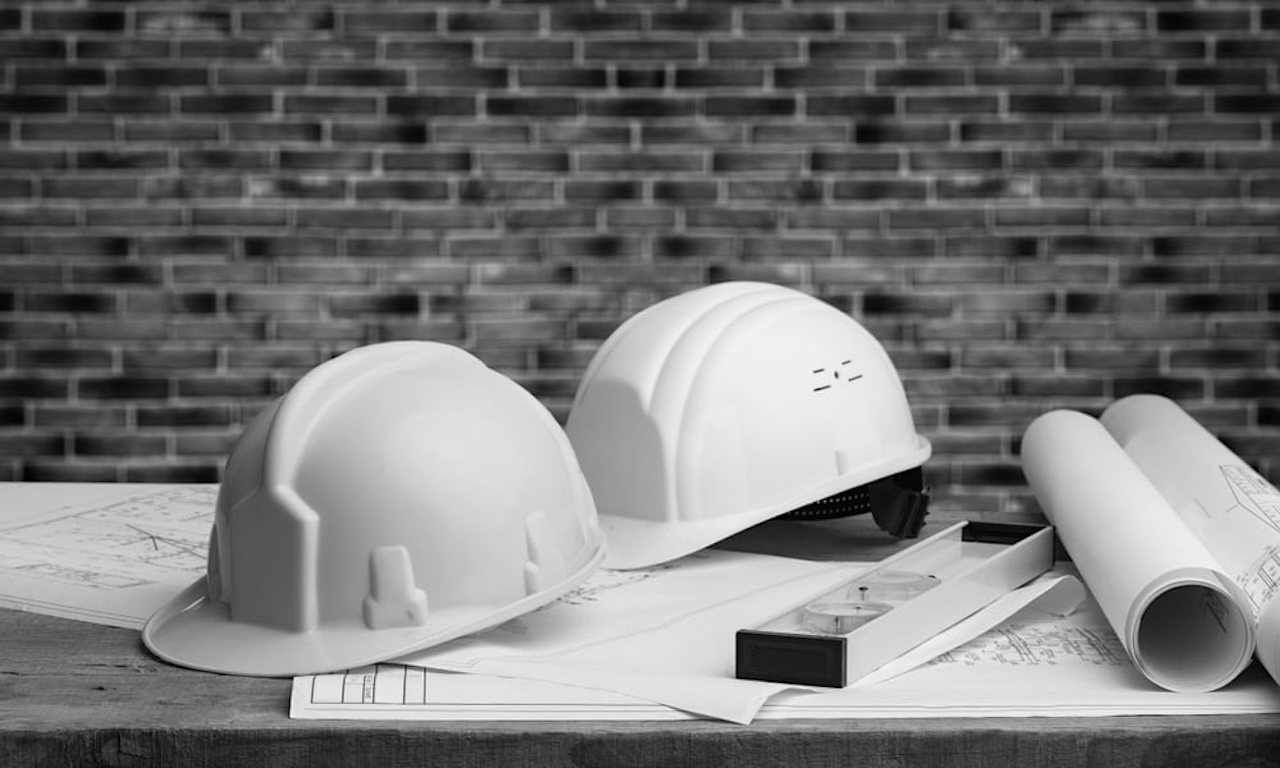
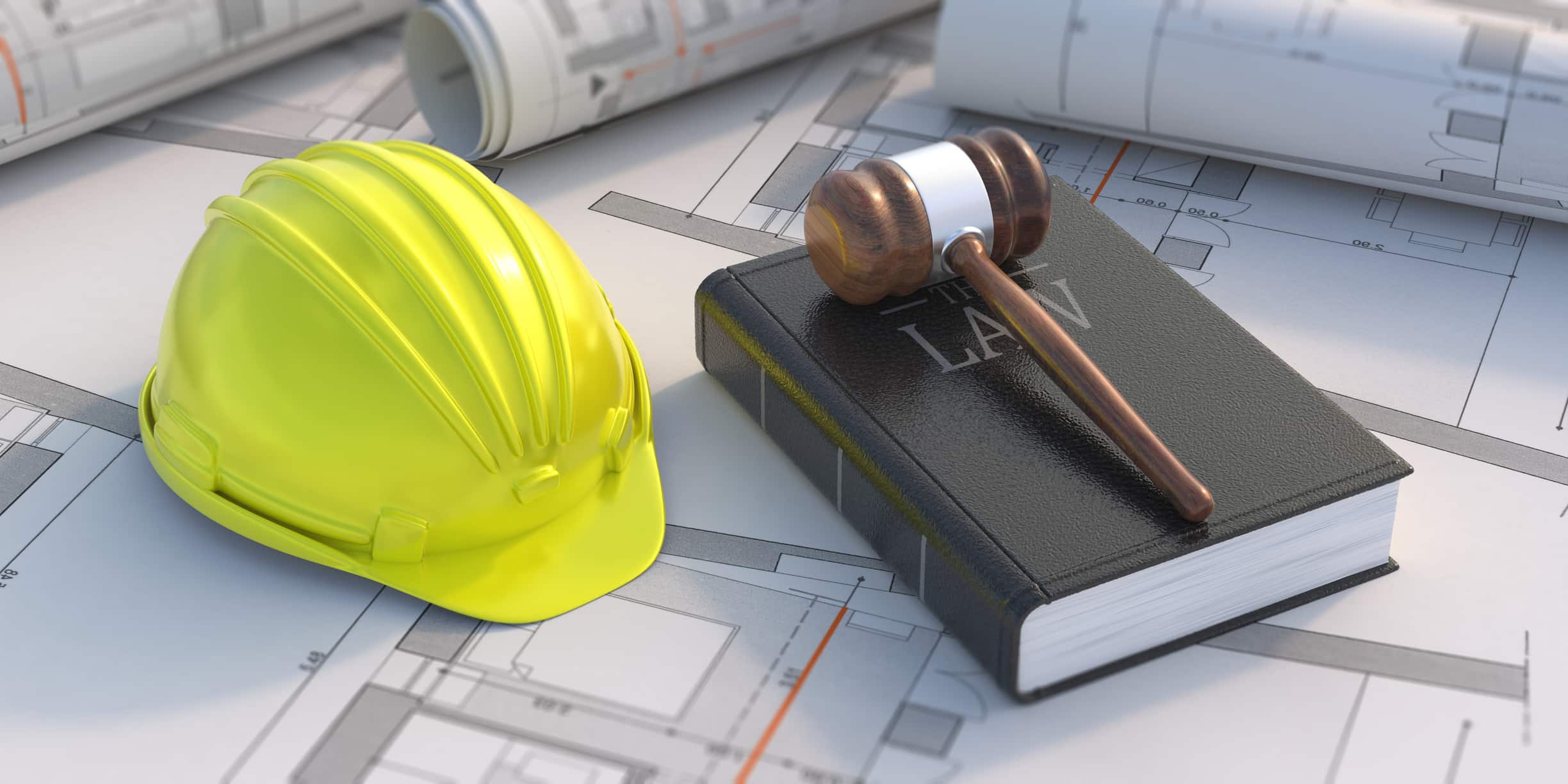

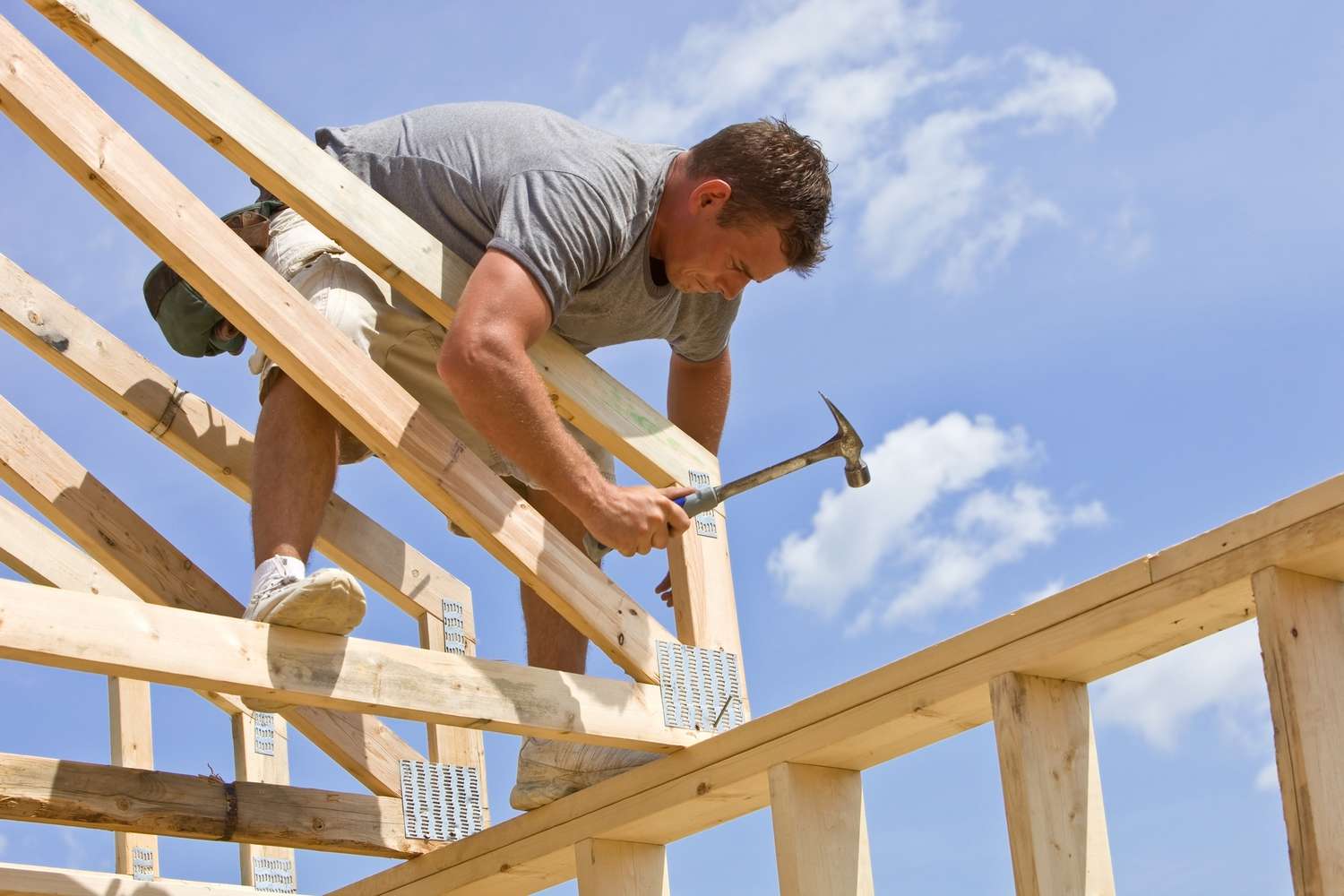

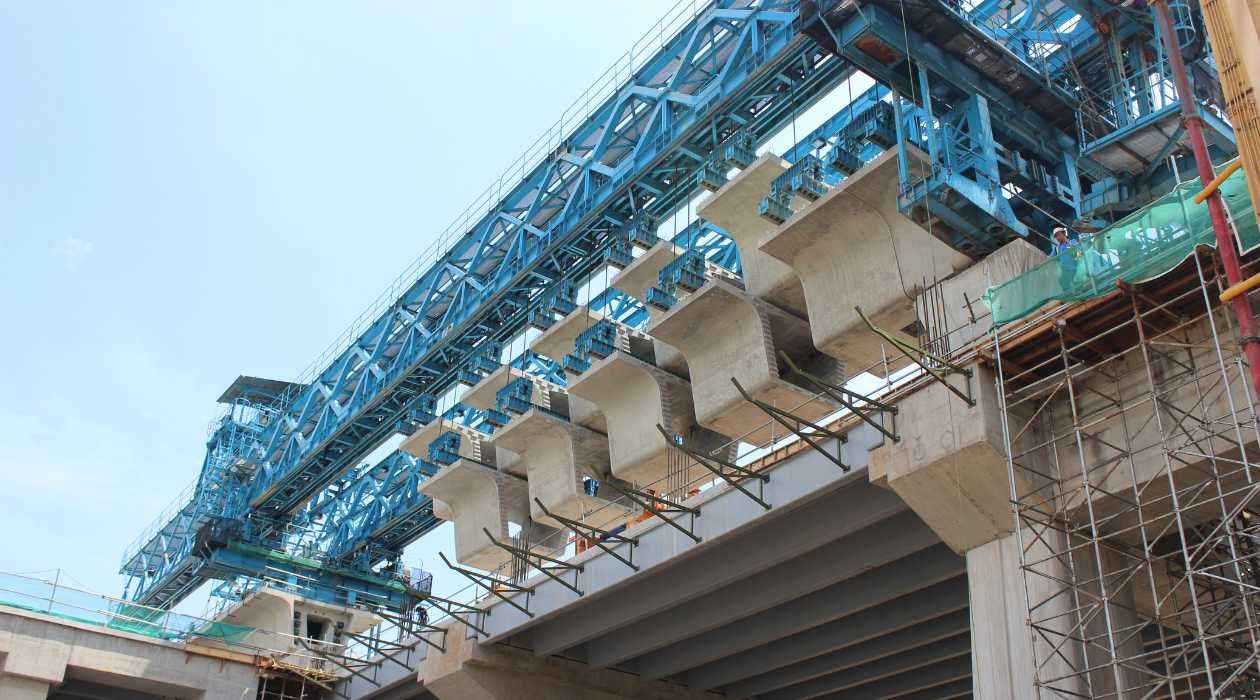

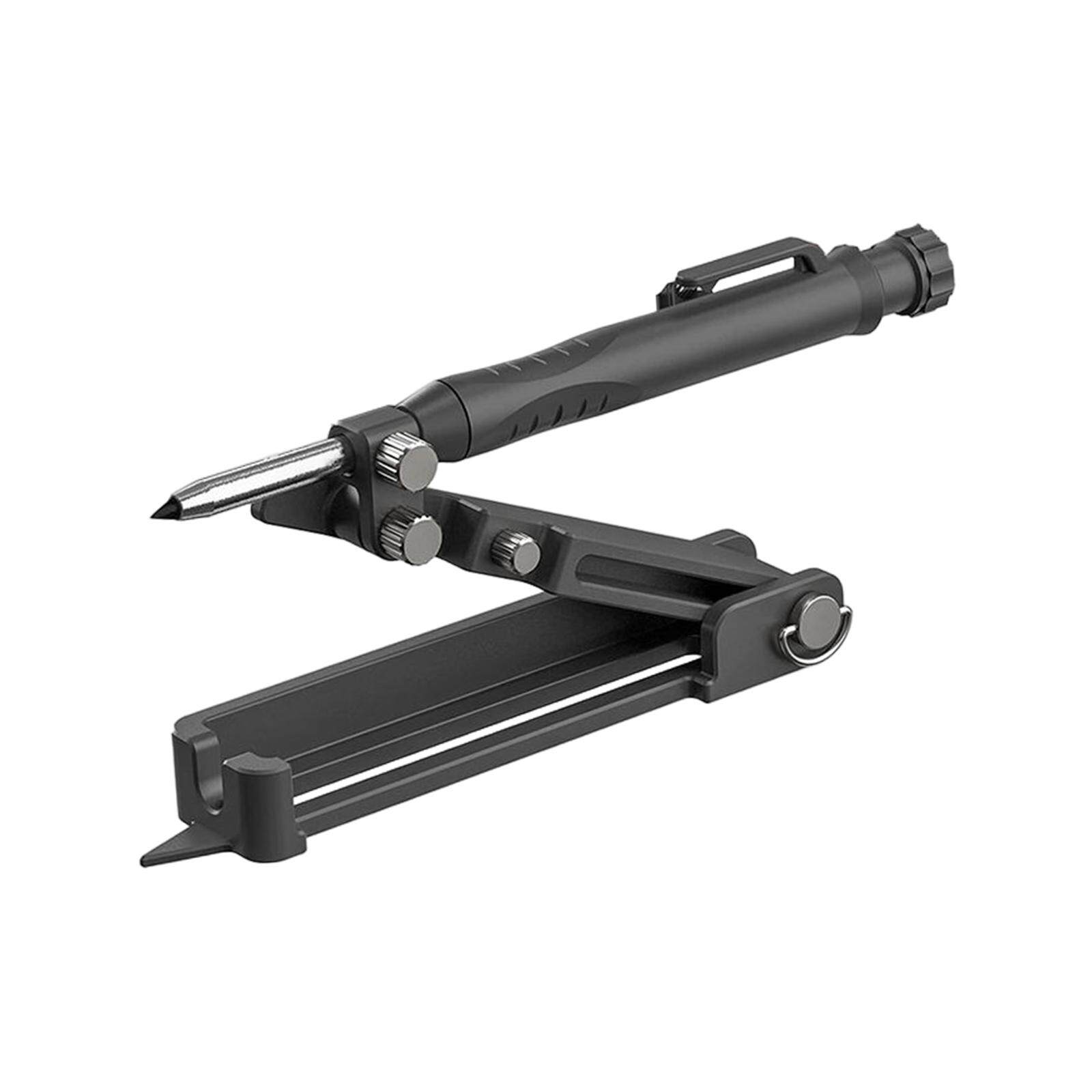

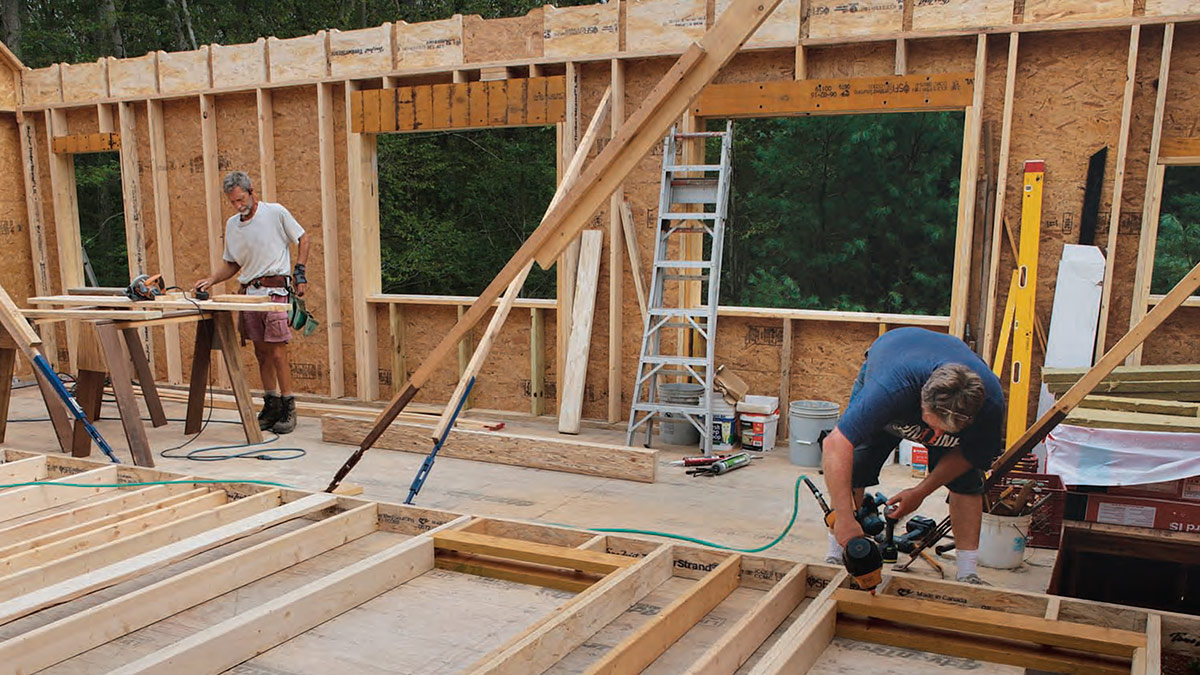

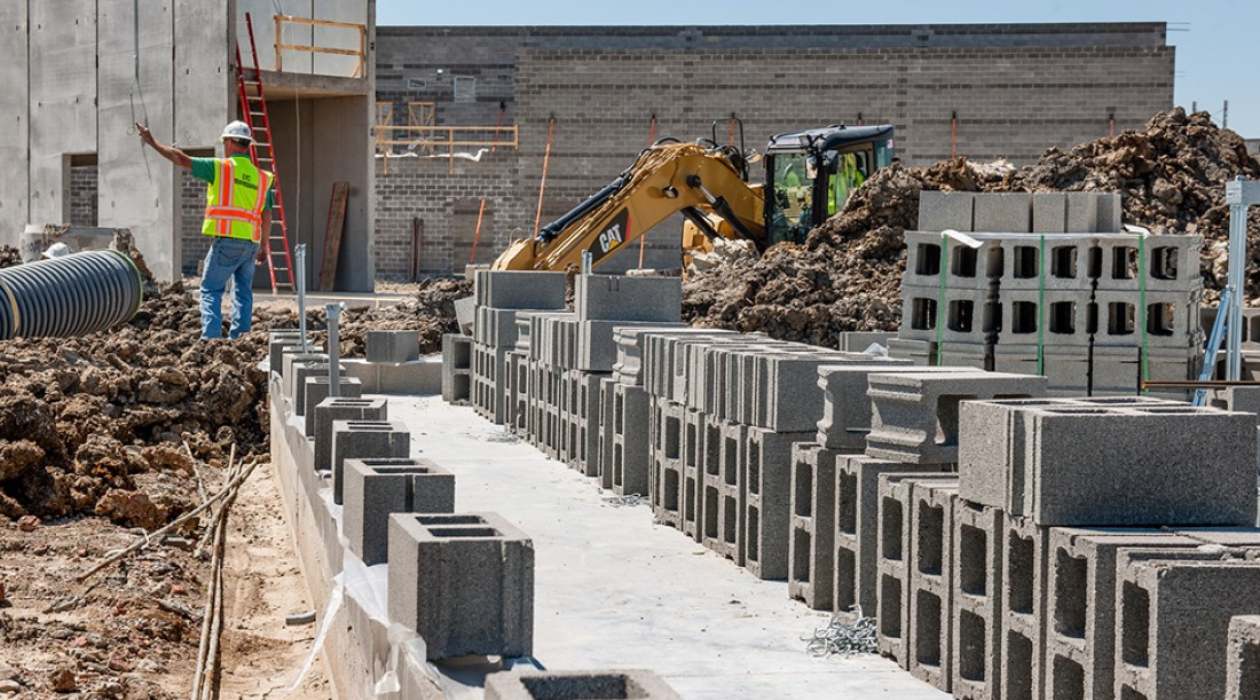
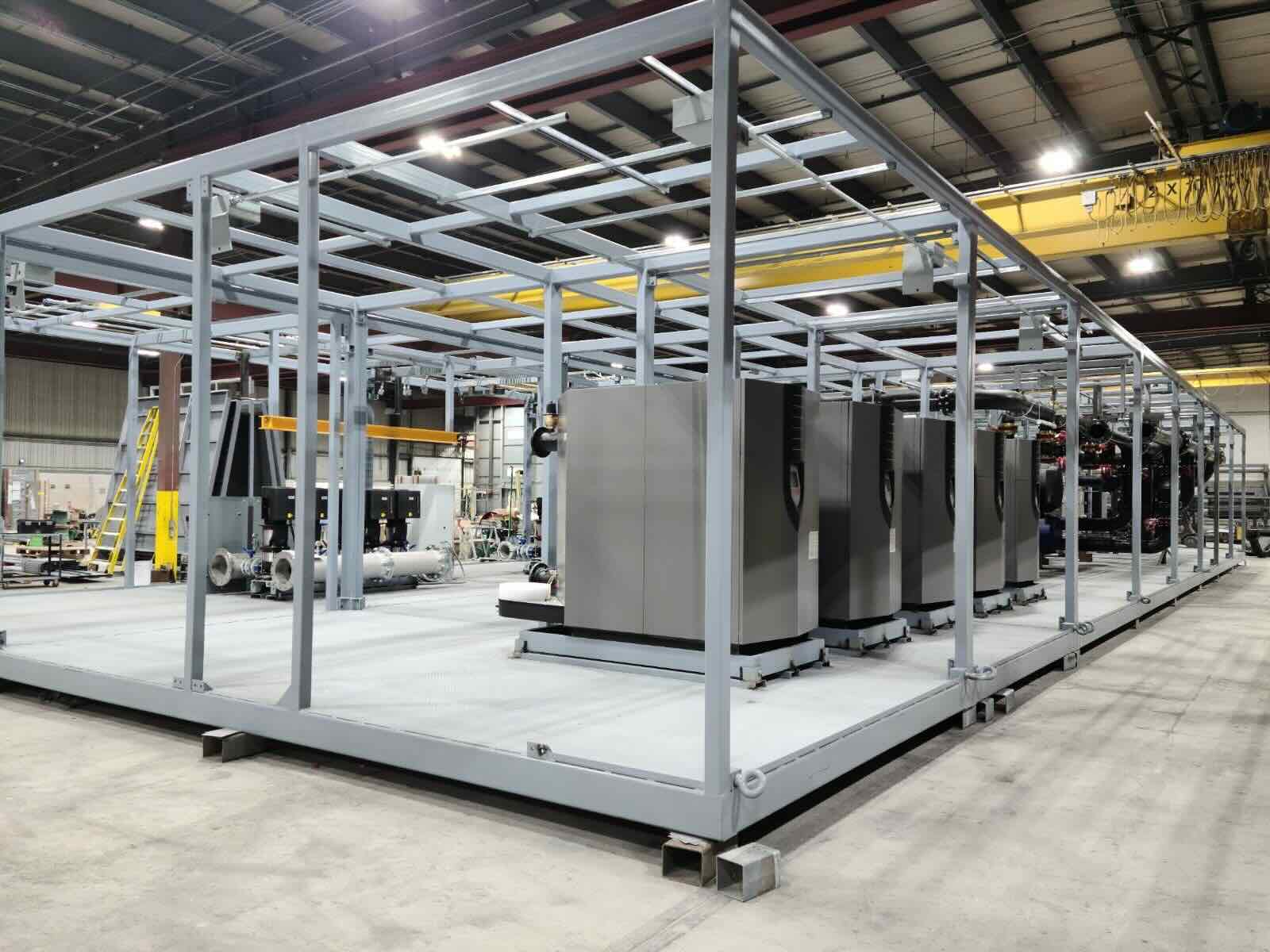

0 thoughts on “What Is A Rebar In Construction”